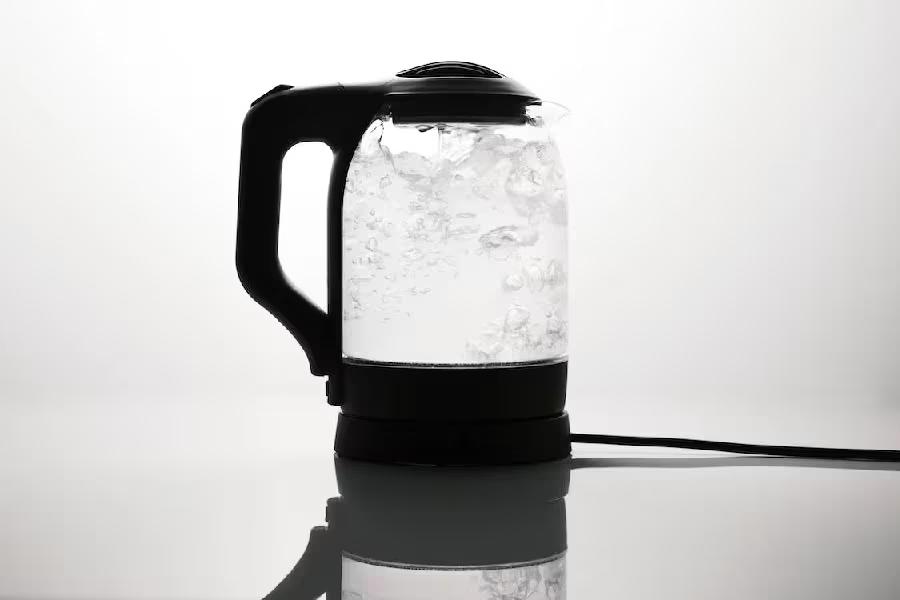
Chart of the Month: A thirst-trap of drinking water quality
Drinking water quality remains a critical metric from which we can measure wellbeing in New Zealand. Access to safe drinking water is taken as given across almost all of New Zealand – for good reason. But as our Chart of the Month shows, although drinking water across most of New Zealand meets required standards, a lack of funding and measurement against some standards increases drinking water risks more than most would expect.
Drinking water quality is a useful wellbeing metric
Examining drinking water quality isn’t a usual metric for economists to wade in on. But the shift in focus in recent years means that increasingly a broader set of data needs to be examined to understand broader trends surrounding wellbeing.
As part of our Regional Wellbeing Framework, Infometrics has compiled drinking water quality data at a local level over the last 11 years, as published by the Ministry of Health. With recent events in Queenstown, with an outbreak of cryptosporidium, we thought we’d highlight some trends in drinking water quality gleaned from our earlier analysis.
One-in-five Kiwis drink water not monitored for protozoa processes
Drinking water in New Zealand is subject to a number of quality standards, previously the Drinking-water Standards for New Zealand 2005 (Revised 2018), and now the Water Services (Drinking Water Standards for New Zealand) Regulations 2022 alongside the Drinking Water Quality Assurance Rules.
The three key reported standards reported against consistently between 2011 and 2021 were the chemical, bacteriological, and protozoal standards.
Compliance with the chemical and bacteriological standards is extremely high – as might be expected. The chemical standard had the highest maximum compliance rate, with 99.1% of the evaluated population in the year to June 2020 having water that met this standard (around 4.1m people). The lowest rate for the chemical standard was 95% in 2013. The bacteriological standard is similarly high, with a maximum compliance rate of 97.7% and a minimum of 95.2%.
At the worst across the 2011-2021 period, a maximum of 197,000 people were drinking water that didn’t meet the bacteriological standard, and a maximum of 179,000 people were drinking water that didn’t meet the chemical standard.
The protozoal standard is a whole other matter. Over the 2011 to 2021 period, the maximum protozoal standard compliance rate was 83.1% in the year to June 2017, and the minimum compliance rate was 74.8% in the year ending June 2018. At that minimum rate, around 969,000 people were drinking water that didn’t comply with the protozoal standard for drinking water. The Protozoal standard has seen the lowest compliance over a sustained period, as our Chart of the Month shows, with around one-in-five Kiwis drinking water that isn't protected from protozoal outbreaks either due to a lack of treatment or treatment without appropriate monitoring.
Measuring matters
However, the considerably lower compliance with the protozoal standard doesn’t necessarily mean that the drinking water for nearly a million people is full of protozoa (like cryptosporidium) – thankfully outbreaks aren’t a common occurrence. But if they were, we might not know, as the lack of compliance on the protozoal standard is due to both a lack of processes that would protect against protozoa and the monitoring of these processes.
As was noted in 2018/19, the failures to meet the protozoal standard were all due to not “providing or monitoring appropriate [water treatment] plant processes, since protozoa are not monitored directly”. The Ministry of Health makes clear that the reason for the protozoa standard is to ensure that “treatment processes in operation will adequately protect the community if pathogenic protozoa are present in the source water.” They also noted that “cryptosporidium has been identified as one of the most significant waterborne human pathogens in developed countries, responsible for a large number of disease outbreaks”.
With a clear risk identified, but still around one-in-five Kiwis drinking water that doesn’t meet standards that would protect the community in the event of a protozoal outbreak, the consistently lower protozoal compliance rate appears to be an important focus going forward.
Reporting on water quality outcomes isn’t available past the June 2021 year, with Taumata Arowai now taking over the monitoring and reporting functions from the Ministry of Health. New reporting on water quality outcomes is not yet available, but appears to be likely in 2024 (with 2023 data). When that data becomes available, we’ll examine what’s available and how we can continue to monitor wider wellbeing outcomes across local communities.
Local wellbeing data available
For more information about Infometrics’ local wellbeing data, including drinking water quality, please contact the Infometrics team. Our 2019 article on the Infometrics Regional Wellbeing Framework provides some details, as does our 2023 article announcing new wellbeing data in the Framework as part of a refresh of the Infometrics Regional Economic Profile.














